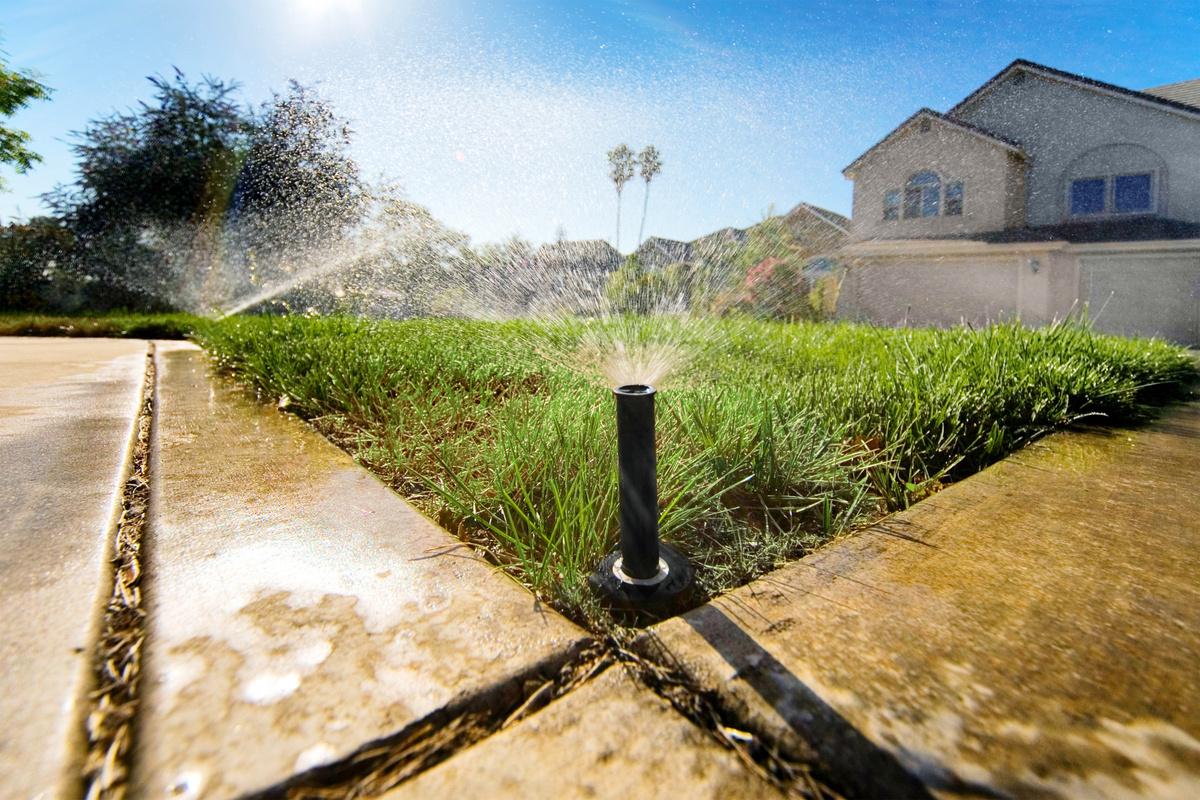Low-water Landscaping keeps




If you are a very busy person but you also love greenery and want a thriving garden without giving it a lot of time for maintenance, then low-water landscaping should be your go-to gardening technique. With this technique, you will not only be able to embrace a green garden but also you will promote water harvesting and conservation. This way, you will help the planet in two folds with low-water landscaping.

Xeriscaping or low-water landscaping is the special technique of landscaping, or gardening, that reduces or even in some cases eliminates irrigation requirements.
Low water landscaping is commonly observed in regions that do not have accessible, plentiful, or reliable supplies of freshwater for irrigation. It is also being promoted for its benefits to water conservation.
if you deploy low-water landscaping in your backyard it will not waste even a drop of water and also get an accurate amount of water to your beloved plants and help them thrive.
The biggest impact of this landscaping method is that it is a very inexpensive yet highly effective solution for water harvesting and conservation.
The installation of low-water landscaping has a few crucial parts in it. It can also be very complicated for new gardeners. Therefore, it is always beneficial for you to go for reputed landscaping care in Amherst, such as Amherst Landscaping. Now, let us discuss, how you can install the low water landscaping in your garden.
You need to be careful about your plant choices, you should always go for the drought-resistant plants. Then you need to choose the colors, sizes, shapes, and heights of your landscape plants.

To give your low-water landscaping the best chance for success, prepare the soil well. It’s important to plow the soil to allow more oxygen to reach every plant’s roots and help facilitate drainage. Plow the soil with a pitchfork and add organic compost.
You can also need to mulch the soil at least 1 to 2 inches to ensure it stays cool, provide nutrients and stop any weed growth.
You need to follow the planting instructions for each plant before plantation to ensure no plant is wrongly put on the soil. For most of the drought resistance plants for low-water landscaping, you need to dig 2-3 feet to ensure their roots get enough room for spreading.
Finally, try watering methods for each plant. These are drought resistance plants, if you accidentally put more water than their requirement it can damage the plants severely.